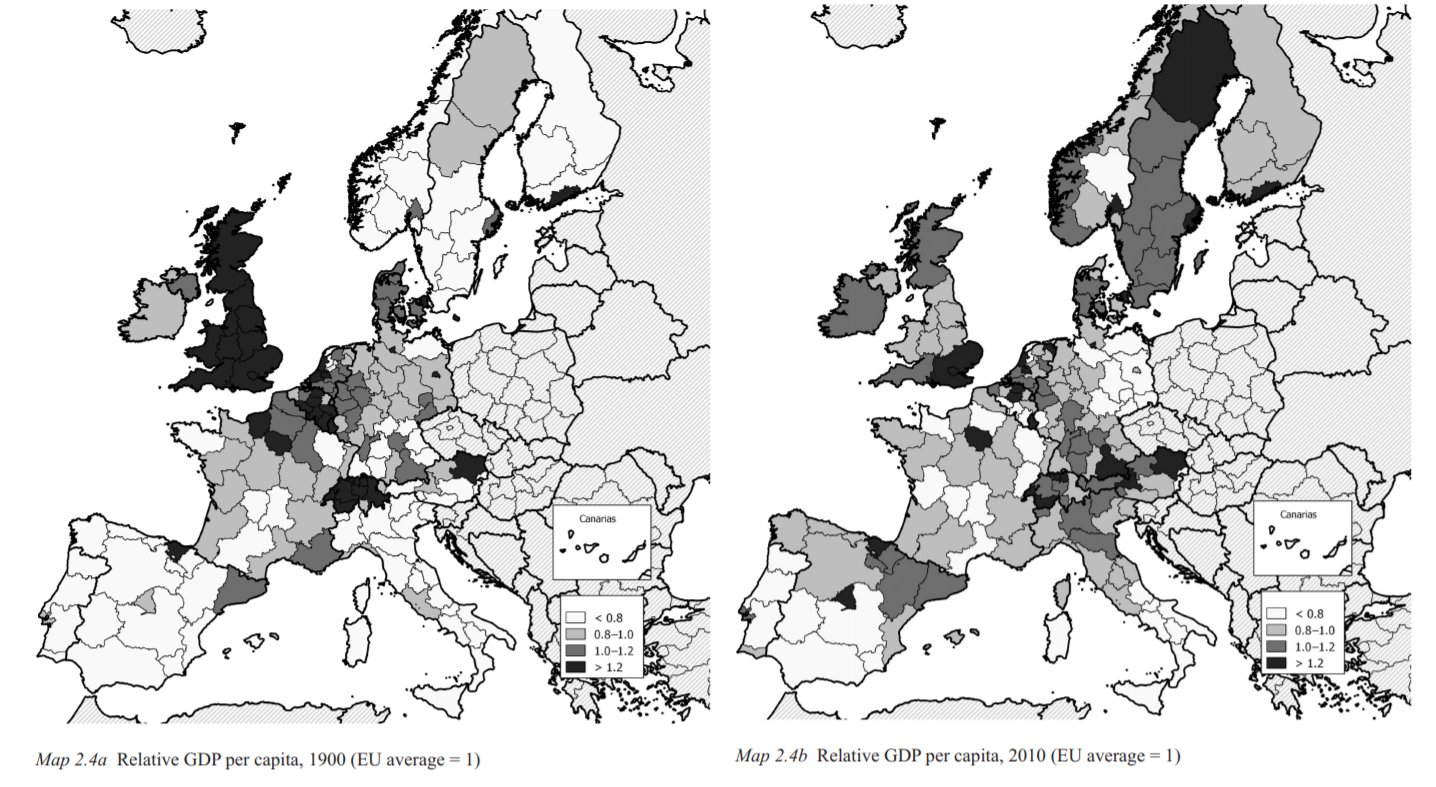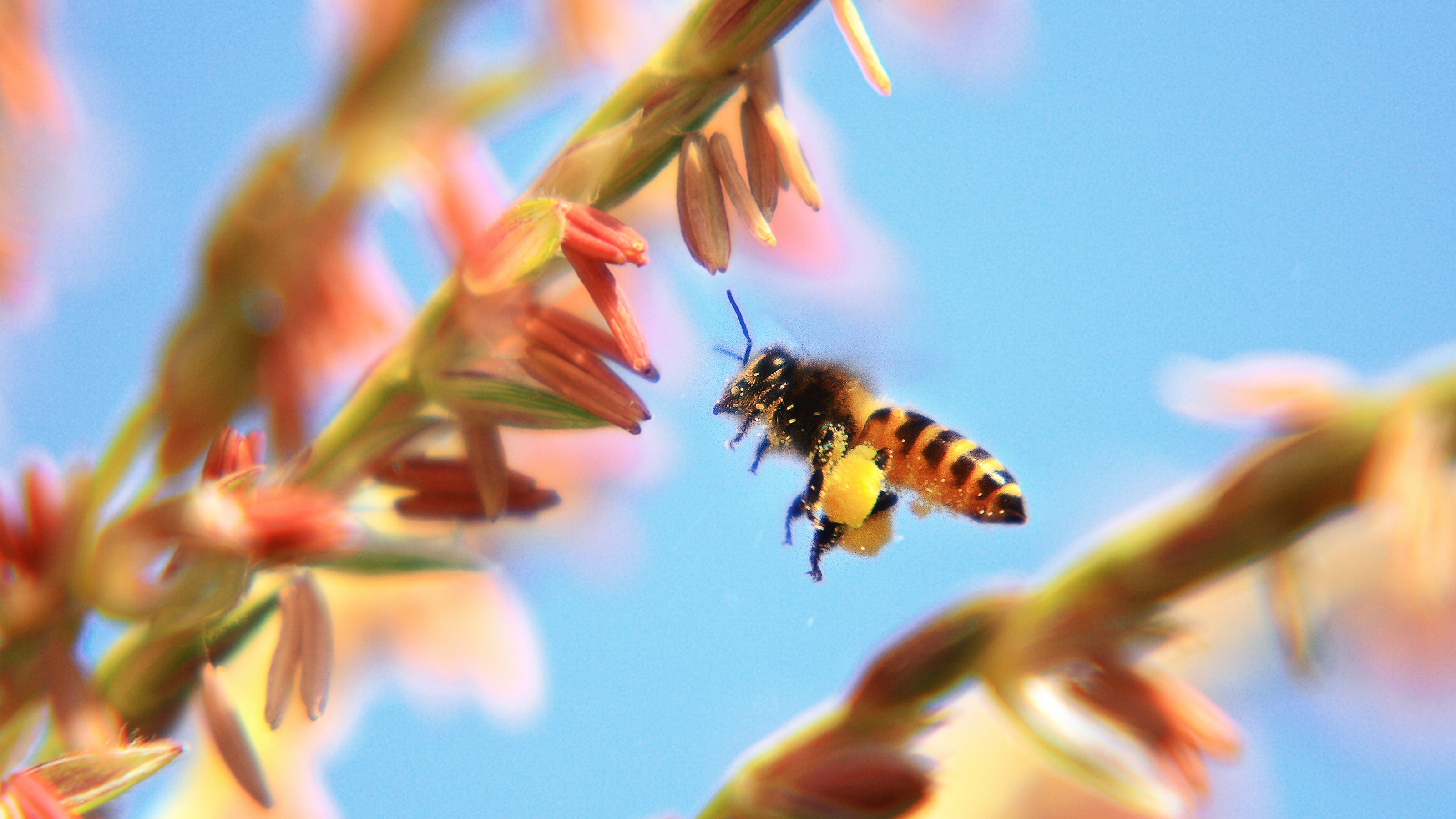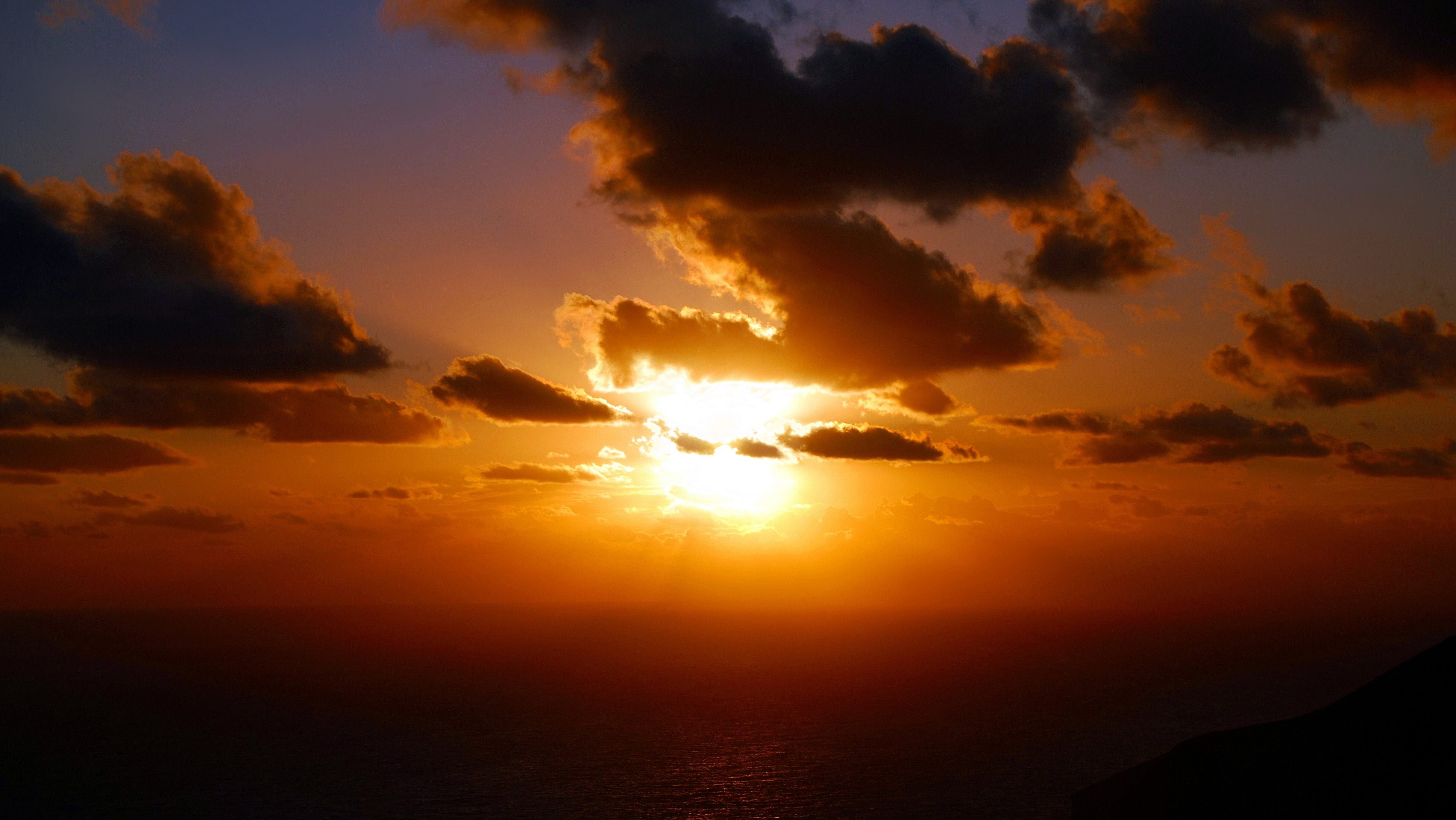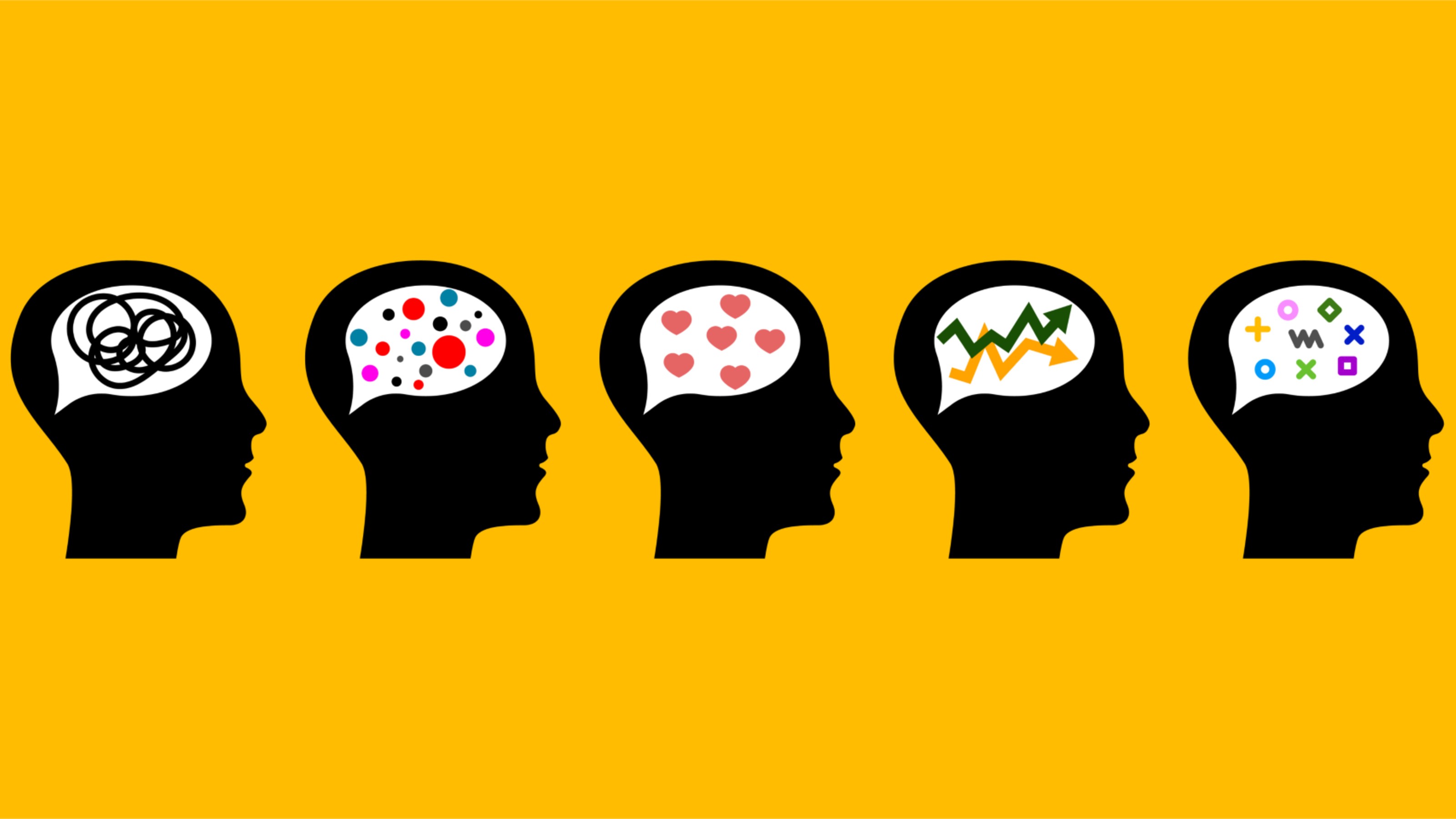Must We Take Jeff Koons Seriously Now?

Comedian Stephen Colbert called Jeff Koons “The world’s most expensive birthday clown” when the artist famous for his giant balloon animalsappeared on his show in 2012. A year later, one of Koons’ balloon dogs sold for $58.4 million, setting a record for the highest auction price paid for a work by a living artist, so Koons could laugh all the way to the bank. Disdained by critics but loved by buyers, Koons and his work have always struggled for critical acceptance, especially in New York City, Koons’ base of operations. Finally, the Whitney Museum of American Art presents Jeff Koons: A Retrospective, a museum-filling show featuring 150 objects dating from 1978 to what one curator says are “literally works finished last week.” Is this the official canonization of Jeff Koons into the pantheon of art history? Must we take Jeff Koons seriously now?
Since childhood, Koons has pressed his nose against the window of art history, hoping to be invited in. As a teenager, Koons traveled from his native Pennsylvania to New York City to visit Salvador Dalí, an early hero. After studying painting in college, Koons moved to New York City to work as a studio assistant to another artist as well as at the membership desk of the MoMA. Around this time the aspiring artist dyed his hair red and cultivated a Dali-esque pencil mustache. Unable to support himself as an artist, Koons earned his license to sell mutual funds and stocks, thus beginning a career in the financial world the culminated as a commodities broker. Koons quickly connected his busy savvy with his artistic background to start making works of conceptual art that minimized his technical limitations as an artist but allowed him to maximize his skills as a marketer and self-promoter, a la Dali. Koons soon set up a shop similar to that of another strong influence—Andy Warhol’s Factory—where assistants could physically create the works conceived in Koons’ head.
The Whitney show features all of Koons’ greatest hits, going all the way back to his early, 1980 series of vacuum cleaners and other household objects mounted in lighted boxes like holy relics, which he titled The Pre-New and, later, just The New. Next, Koons’ The Equilibrium Series of 1985 floated one to three basketballs in distilled water, a physics problem Koons somehow managed Nobel Prize-winning physicist Richard Feynman to help him with. Koons’ following series (he always works in “series”) began the balloon animal trend he continues today as well as takes on advertising and pop culture, most notably his 1988 Banality series famous for Michael Jackson and Bubbles, three life-size gold-leaf plated porcelain statues depicting “The King of Pop” cuddling his pet chimpanzee Bubbles. For many critics, “banality” felt like the perfect title for Koons’ whole career. The fact that Koons used that title himself was read as a strike against the critics, a statement on the banality of culture itself, or an attempt to make the very idea of banality not such a bad thing after all. Koons keeps such self-analysis to himself, claiming that his works say nothing and critique nothing. They’re just there for us to see and appreciate, as banal and comforting in their non-confrontational banality as mashed potatoes.
The one series by Koons that always bothered and bewildered me was his Made in Heaven series from 1989. Koons originally conceived that series as a collaboration between him and Italian porn star Ilona Staller, aka, Cicciolina (“the little fleshy one”). What began as a movie together turned into an unlikely love story, with neither speaking much of the other’s language, forcing them to woo via interpreter. (Amazingly, the interpreter fell in love with Koons, the irresistible pitchman, too.) Ignoring the advice of others, the pair married and had a child, but divorced soon after in 1992. Looking at the lithographic “movie poster” of Made in Heaven (shown above) featuring a nearly nude Koons mounting Cicciolina, I admire his commitment to his art but also question the tastefulness of the joke. Although a pornographic film was never made, other works in the Made in Heaven series include glass statues of the couple in explicit sex acts with equally explicit titles, just in case you miss the point. If Dali stood as Koons’ ideal of self-promotion as an artist through your art, then Made in Heaven missed the mark.
Although Koons clearly positions himself as the theoretical love child of Dali and Warhol, he’s really the most successful and maybe the last heir of their forebear—Marcel Duchamp. All Koons accomplishes with his series repeats what Duchamp did nearly a century ago with his readymades. Alas, the shock of the new Duchamp rode to notoriety lost its jolt long ago. We’re all too jaded to be shook up by a resituating of an everyday object. That shock’s been replaced by a knowing smile at best, indifference at worst. For me, the most representative work in the Whitney retrospective isn’t Michael Jackson and friend, but a 1986 stainless steel statuette of comedian Bob Hope. Hope lived over a century and witnessed the end of vaudeville, the beginning of television, and the dawn of the 21st century’s new forms of entertainment. Time blunted any edginess Hope once had long before his end, making his jokes and delivery of those jokes sadly comic in of themselves. In many ways, Koons is the Bob Hope of art history, a living relic of the past skirting the margins of greatness but never managing to break that final barrier. Nice guys (and Koons seems to be a legitimately nice guy) don’t always finish last, but they don’t necessarily finish first.
When Koons appeared on The Colbert Report, he was there to promote the Studio in a School program bringing the arts to New York City public school children, a noble endeavor. Despite his phenomenal wealth, I’ve never sensed in Koons the same kind of feral avarice Damien Hirst and others exude. Knock Koons for outsourcing his art making to others, but keep in mind that Ai Weiwei and other highly respected artists do the same thing. Koons and his art aren’t the cause of today’s overhyped and overpriced art market. They’re just a symptom. Jeff Koons: A Retrospective might not raise Jeff Koons to the first rank of artists, but it does raise important questions about the last 30 years of modern art and what direction it will take in the next few decades. We should take Jeff Koons seriously for the simple reason that he’s not going anywhere—at least until the current marketplace changes significantly. Until then, “The world’s most expensive birthday clown” will keep smiling, will keep making art, and will keep occupying museum space until someone talented enough and driven enough demands his place.
[Image:Jeff Koons, Made in Heaven,1989. Lithograph on paper on canvas; 125 x 272 in. (317.5 x 690.9 cm). ARTIST ROOMS Tate and the National Galleries of Scotland. Acquired jointly through The d’Offay Donation with assistance from the National Heritage Memorial Fund and Art Fund 2008. ©Jeff Koons.]
[Many thanks to the Whitney Museum of American Art, New York, NY, for providing me with the image above and other press materials related to Jeff Koons: A Retrospective, which runs through October 19, 2014.]





